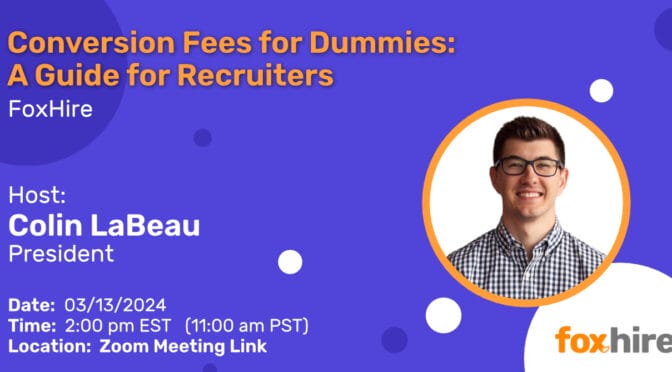Employment can be a mine field. It’s one of the most heavily regulated areas for any business, no matter your size. To add to the complexities, state and federal laws are different, plus each state and even municipalities have their own rules defining employment and workers’ compensation. That brings us to the issue of negligent hiring and retention, which is an area of law that creates liability for the employer around their employee’s actions. What is negligent hiring and negligent retention and how do these issues differ?
What is Negligent Hiring and Retention?
Legally, negligent hiring and retention suggest that the employer hired and retained an employee that showed clear signs of a pattern of behaviors that would create liability for the employer. This is a huge issue for employers not only ethically, but also legally; if you are deemed to be negligent in your hiring or retention practices, your company can also be held legally liable for the actions of the employee.
This is true even when the employee is no longer working for the company.
Every state in the nation recognizes the issue of negligent hiring and retention. This makes it imperative that employers understand the legal implications of these laws.
What is the Difference Between Negligent Hiring and Negligent Retention?
These two terms are interrelated, from a legal perspective. Case law states:
“Liability is predicated on the negligence of an employer in placing a person with known propensity or propensities that should have been discovered by reasonable investigation in an employment situation in which because of the circumstances of the employment it should have been foreseeable that the hired individual posed a threat of injury to others.”
Timing is the issue in these cases. Both legal issues require the employer to use a great deal of care when hiring employees. This applies to both the hiring process and employee retention. What’s particularly concerning for employers is what one attorney described in this manner, “Interestingly, the Minnesota Supreme Court has held that an employer’s duty can be used by employees to establish employer liability for harm caused by other employees.”
The issue is that the courts must prove that the employer knew that the employee posed some sort of risk to another employee. For example, if the employer hires someone who has a history of sexual harassment lawsuits and they hired that person who became a repeat offender. Or, if the employee had a criminal history of repeated credit card theft and was hired into a retail organization where they again broke the law.
How to Avoid Negligent Hiring and Retention Risk?
Pre-employment background checks and employee hiring are two ways that we have to eliminate the risk associated with negligent hiring and negligent retention. This is especially important if the employee is in contact regularly with the public. However, some states restrict when and how these employment checks can be conducted. Some states even restrict credit checks on new hires unless they handle money. Second chance hiring is a national movement (with some laws to back it up now) that “bans the box,” which is the check box where applicants designate that they’ve been convicted of a felony on their applications.
These conflicting rules create liability for employers worried about negligent hiring and retention. One of the best answers to limit liability in these areas is to consider an employee of record (EOR). Companies like FoxHire are experienced in hiring contract, temporary, and full-time workers. Our experience can help you ensure that you’re making the right decisions around the hiring process. Contact us to talk about your options. We’re here to help.






